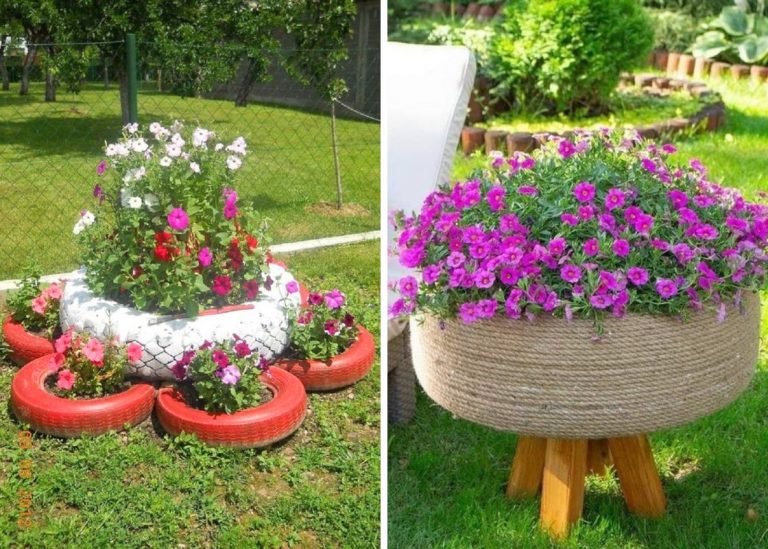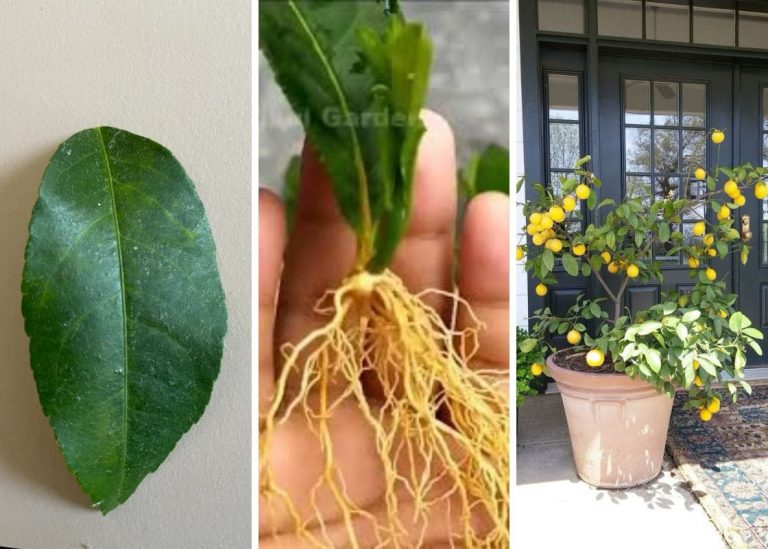How to Grow Virginia Creeper: A Step-by-Step Guide for Gardening Enthusiasts
The garden had been coming together piece by piece—vegetable beds here, a cluster of hydrangeas there—but the old wooden fence along the back kept nagging at me. It stood weathered and tired, a quiet backdrop that felt forgotten compared to the new life springing up everywhere else. I didn’t want to replace it. I wanted to dress it in something living, something that would change with the seasons and tell its own story.
Virginia Creeper had been suggested to me once by a neighbor who spoke about it like a friend she trusted deeply. She described the way it cloaked her pergola in rich greens through summer and then blazed into scarlet and wine when fall touched it. It stayed in my mind like a small seed waiting for the right time to take root.
When I planted my first vine, the transformation was slow but sure—small tendrils finding their way, leaves catching the morning light, a feeling of breath and movement where there had been only stillness. By the time the first autumn rolled in, the entire fence seemed to glow. It no longer stood alone; it had become part of the living garden.
If you’re searching for a plant that brings generosity, texture, and pure seasonal magic, Virginia Creeper might just be the quiet hero your garden is waiting for. Let’s walk through everything you need to know to grow it beautifully.
Step 1: Select the Right Location
Virginia Creeper loves space and light but isn’t too fussy. I found that it flourishes in full sun, where its colors are most vivid, but it still grows happily with a few hours of shade. It’s a generous plant—stretching up to 50 feet if you let it—so pick a place where it can sprawl freely without overwhelming delicate neighbors.

Structures like fences, old arbors, sturdy trellises, and even the trunks of mature trees offer perfect climbing grounds. And if you leave it unsupported, it will make a lush, crawling groundcover, weaving its way across the earth like a green tapestry.
Step 2: Prepare the Soil
Virginia Creeper doesn’t ask for much when it comes to soil, but a little preparation goes a long way. I chose a patch with loose, well-draining earth and worked in a few spadefuls of compost to enrich it. Although it will tolerate poor soils, it grows most vibrantly in slightly acidic to neutral ground, with a pH between 5.5 and 7.0.
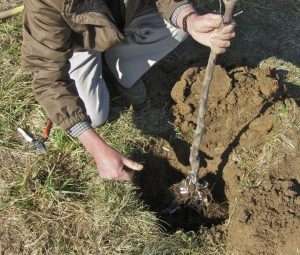
One trick I’ve picked up: if the soil feels heavy or clumpy in your hands, it’s worth mixing in some sand or bark fines. Light, breathable soil helps the roots stretch easily without drowning during heavy rains.
Step 3: Plant Virginia Creeper
Cool seasons are the perfect time to plant—either early spring or the mellow days of autumn. The soil stays welcomingly moist, and the young plants have time to anchor themselves before facing summer’s heat or winter’s frost.
I dig a hole twice as wide as the root ball, gently tease the roots loose with my fingers if they seem bound, and settle the plant so the top of the root ball sits flush with the ground. After tucking it in with soil, a good watering helps everything settle into place like a well-wrapped gift.
Step 4: Water Regularly
Those first few months are when Virginia Creeper needs your attention most. I kept the soil evenly moist, checking every few days by pressing my finger into the earth near the base. During dry stretches, I watered deeply rather than lightly spritzing—the roots grow stronger when they reach down for moisture.
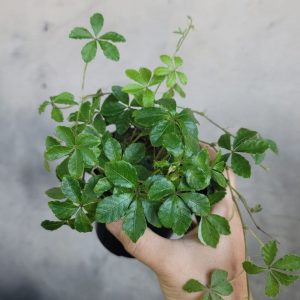
Once established, this vine proves surprisingly drought-tolerant. A little mulch around the base helps hold in moisture and keeps weeds from competing for space.
Step 5: Prune and Maintain the Vine
Virginia Creeper grows with a kind of wild joy, sending out tendrils in all directions. To keep it charming rather than chaotic, I lightly guided young shoots toward the fence with soft twine ties. No tight knots—just a gentle loop to steer its climb.
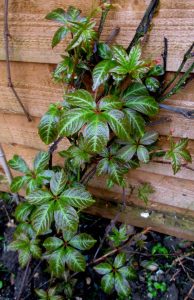
I prune in late winter or very early spring before new growth begins, snipping away dead or unruly vines. Throughout the summer, a little shaping here and there keeps the plant lively without letting it overwhelm its space. It feels less like a chore and more like sculpting living art.
Step 6: Feeding for Lush, Vibrant Leaves
Virginia Creeper doesn’t beg for fertilizer, but a small spring boost helps it shine. I sprinkle a handful of slow-release organic fertilizer around the base in early April, letting rain and time do the rest. Too much fertilizer—especially nitrogen-heavy kinds—can make it leafy but limp, so light feeding is plenty.
Most seasons, rich soil and mulch keep mine growing strong without any extra help.
Step 7: Protecting Against Pests and Problems
In my experience, Virginia Creeper is blissfully low-maintenance. Occasionally, aphids or spider mites make an appearance, but a strong spray from the garden hose or a few spritzes of insecticidal soap always handled them without drama.
If your garden tends to stay humid, watch for powdery mildew on crowded leaves. Planting in a breezy spot and avoiding overhead watering keeps the foliage clean and healthy.
Step 8: Enjoy the Beautiful Fall Foliage
By October, my garden fence turns into a living flame—leaves blazing in shades of scarlet, burgundy, and plum. It feels almost impossible that one plant can transform so fully with the season. Every evening, the sunset catches in the leaves, and the whole garden seems to hum with color.
Virginia Creeper’s fall show is reason enough to welcome it into your space. Watching it shift from fresh green to jewel-toned brilliance is one of the purest joys of the gardening year.
Final Thoughts
Virginia Creeper isn’t just a plant—it’s an experience. From the fresh green shoots of spring to the fiery leaves of autumn, it brings movement, texture, and emotion to a garden in ways few other plants can.
Choosing it means embracing a little wildness, a little patience, and a lot of beauty. It’s a vine that teaches you to guide gently but let go when needed, to enjoy the bright moments without rushing them. You might find that in nurturing it, you also grow something quietly wonderful within yourself.


